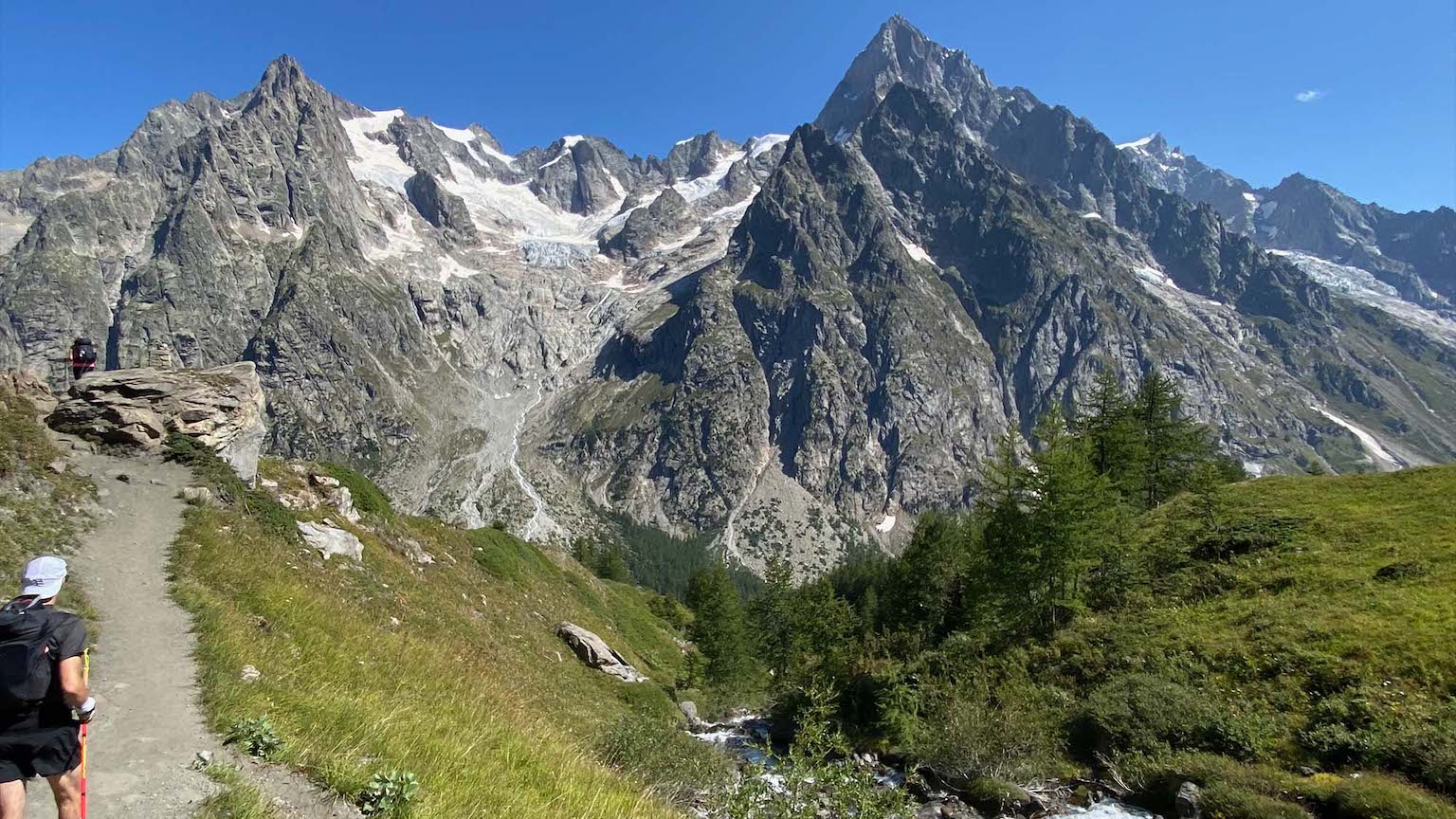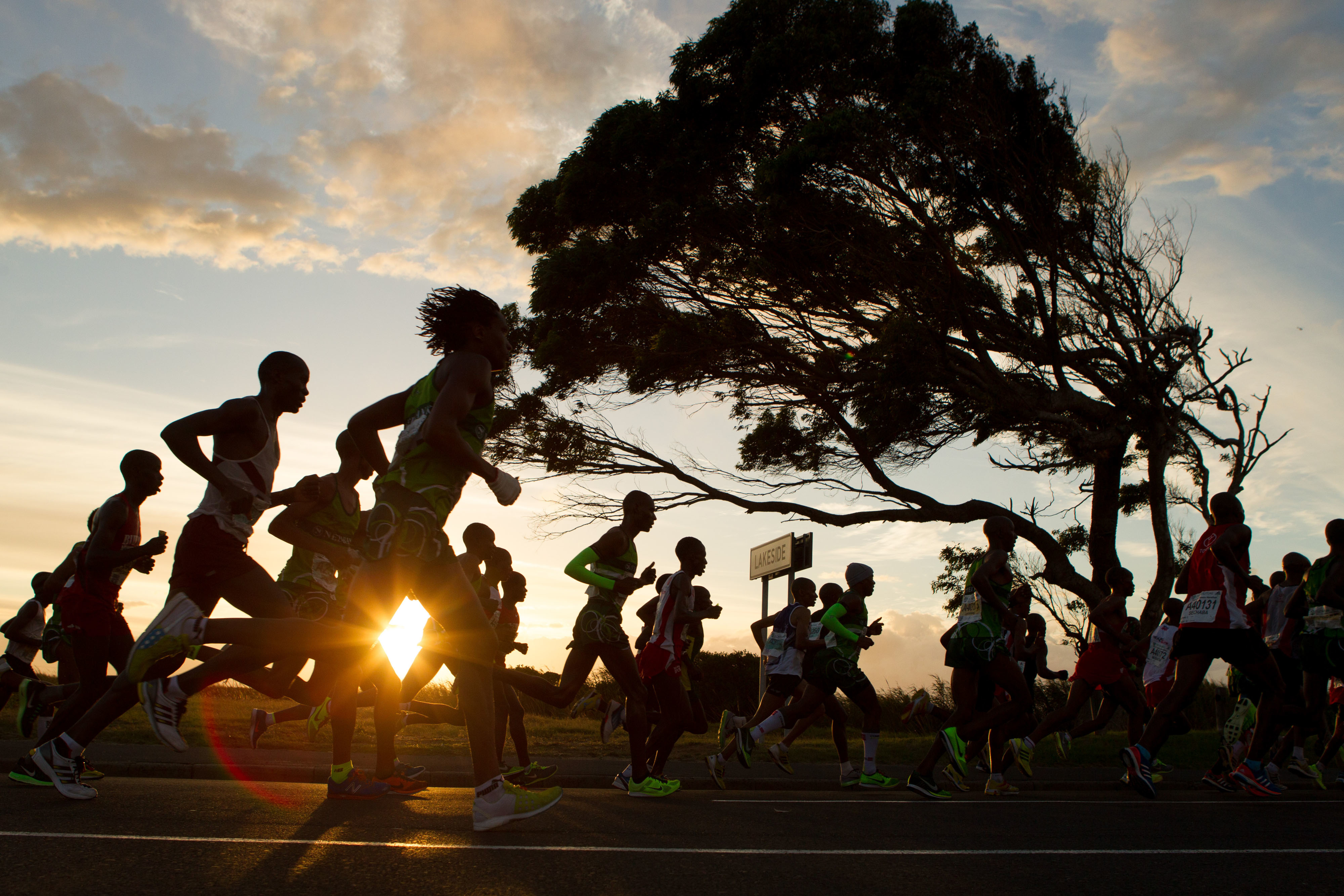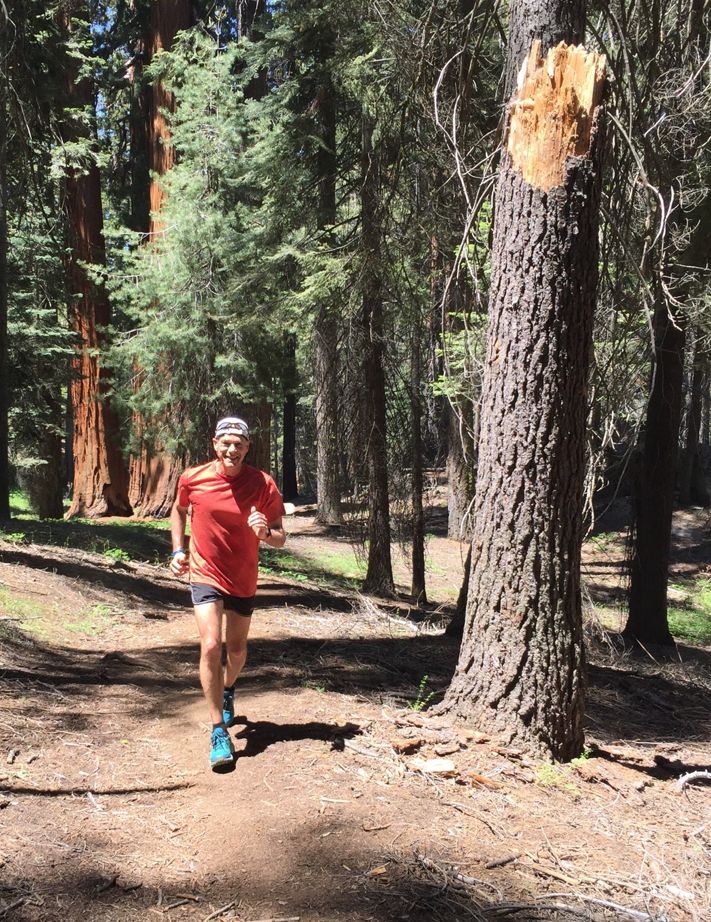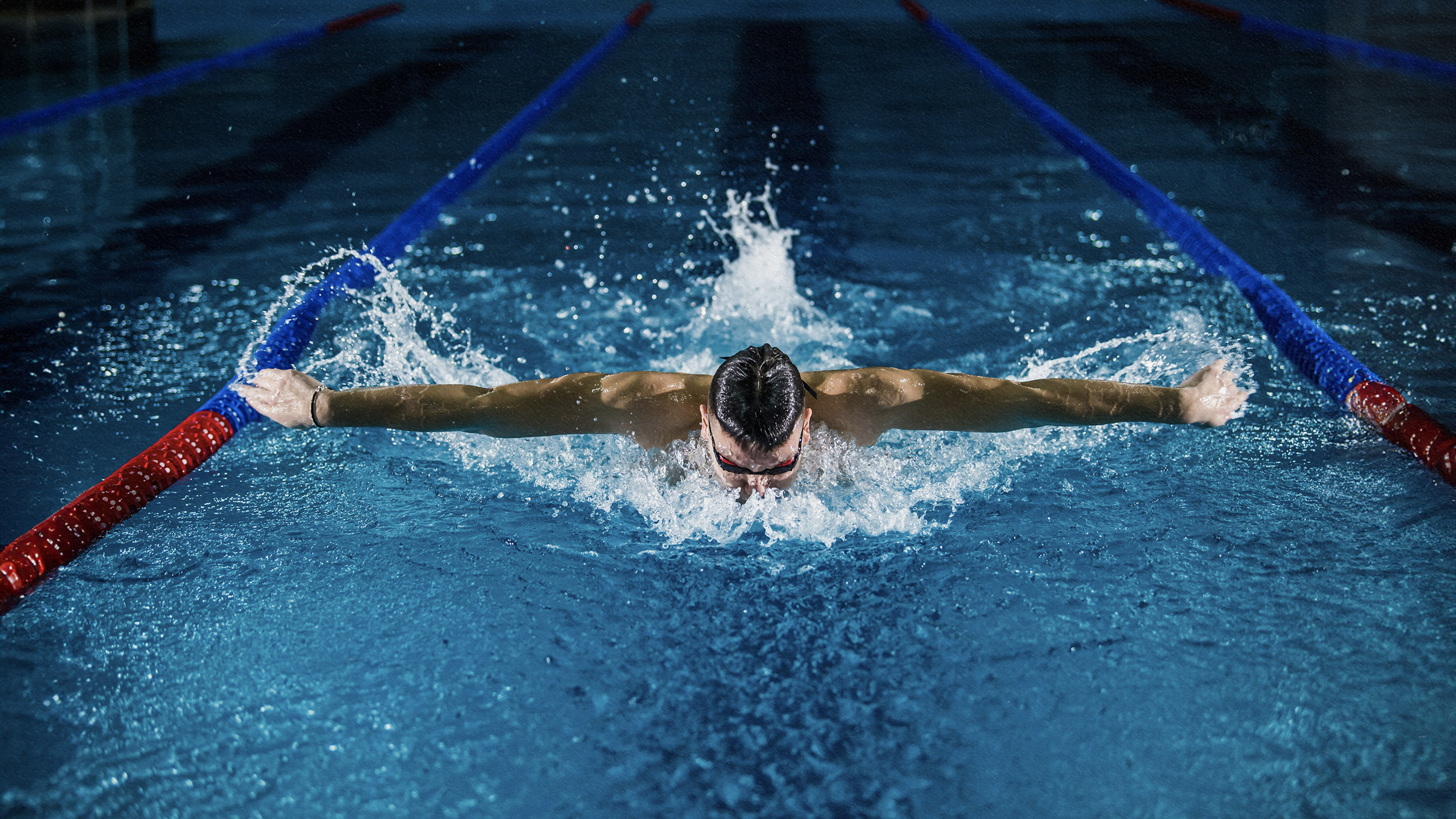Ultrarunning: the ultimate experience of being in the world

- Ultrarunning refers to running or racing distances longer than the 26.2 miles of a marathon.
- It is a fast-growing sport across the world, despite its extreme demands on the body and mind.
- The reasons why people do this vary, but for this writer, ultrarunning is the purest way to connect viscerally with the experience of being alive.
Although my legs are stiff due to extreme soreness, I am happy. I am happy for reasons that, for most people, are ridiculous. In fact, when I tell friends that I like running long ultramarathons, especially the hilly kind in mountain trails, they scoff and shake their heads in disbelief. Why would anyone subject their body to long hours of punishing motion? Isn’t running a few miles three or so times a week enough to keep fit? Yes, that’s what the experts say. Running a total of 25 miles or so a week will keep you fit. So why run 30, 50, or 100 miles in one go? Because ultramarathoners are not interested in being fit. That is just a trivial byproduct of ultrarunning.
Why we run ultramarathons
Ultramarathoners are interested in self-knowledge through physical exertion. Endurance running, from marathons up, is both a physical and a mental challenge. Sure, so is running 800 meters or five kilometers competitively. It hurts. It takes tremendous focus and resilience to keep going when your body is screaming at you to stop. But it is a fleeting pain, a few minutes of it. Not ten or 20 or 40 hours of it. This huge quantitative difference in the duration of the race (and of training runs) changes everything. It turns ultrarunning into a journey with an uncertain ending. There will be demons along the way, and they may get the better part of you.
You know almost with certainty that you will finish a 5-mile race, even a half-marathon. But there is no predicting what will happen for longer distances. All ultrarunners have a few “DNFs” (Did Not Finish) under their belts. So many things can go wrong. Your muscles might cramp; they might seize up. Painful blisters might turn every step you take into a living hell. Your stomach might shut and won’t let you eat. (And you must eat to complete ultras.) You might throw up, bonk, and feel completely depleted of energy and strength. To add insult to injury, chafing in delicate places might cause awful pain.
In my race this past Sunday, the beautiful Vermont 50-mile, for the first time ever I had chafing, in this case below the armpits. Why? No idea. I had worn the shirt before. (You must be sure to test your equipment before the race.) I did not change a thing. But then, something did change, although I had no idea what. I had to improvise by turning my shirt inside-out. It helped a bit, but the pain was still there — for about six hours of the 11 hours and 56 minutes it took me to finish.
Ultrarunning is a celebration of living and a rehearsal of dying all rolled up in a single intense experience.
Ultrarunning is a lot about problem-solving along the way. You may trip and fall. I fell twice during my race. Two months ago, I fell during a training run in Maine and broke three ribs. Six months before, I tore my right meniscus. Roots, rocks, slippery sticks, and stones are there, waiting. This uncertainty of the ending is both scary and tantalizing. What will your body do? What kind of mental games will you have to play to finish? How do you train your body and mind to keep moving for so long? And for what purpose, again?
The answer will vary with the runner. In my case, ultrarunning is a celebration of living and a rehearsal of dying all rolled up in a single intense experience. When you are on the trails for so long, the boundary between you and your surroundings starts to blur. Your soul wants to take off and soar into a transcendent state, but the body keeps pulling you back down, like the string attached to a kite. Your body keeps reminding you that you are pushing its limits by bringing up different kinds of pain. It’s the hamstring, the knee, the calf, the lower back; it’s hunger; it’s thirst. But you follow your training plan and work hard to push the pain to the background, while trying to open your mind to the void ahead, embracing the privilege of being alone with yourself, of having the freedom to choose solitude in a spectacular natural setting. How often can we afford this in our busy, digitally driven modern lives?
It still amazes me how well the saying “It doesn’t always get worse” applies to ultrarunning (and to life). When you push pain to the background while still acknowledging it, different parts of yourself open to the experience of being present in the moment. There is your footfall on the soft path underneath, the wind on your face, the woods that embrace you, and the vistas that greet you in the distance. You are moving through space and time but with a feeling of timelessness. Being, the absence of time, and becoming, the flow of existence, become tangled into a single knot. At times, you reach a sort of fleeting state of elation, what some call runner’s high, where running becomes a graceful dance with the trail — until, of course, you kick a rock with your big toe and the reality of physical existence comes charging back in. But that pain too goes away, only leaving a few black toenails as memories.
Ultrarunning as a ritual
Cultures across the globe have used endurance ritualistically to achieve some sense of self-transcendence, a deeper connection with nature often expressed as a sense of belonging to a reality much vaster than what we can conceive through reason. We tend to forget that all thoughts originate from experience, the experience of being in the world.
After spending many years of my life in my head as a theoretical physicist (with the occasional five-mile run or hike here and there to keep fit), I came to the realization that something was missing. We can build mathematical models that describe with varying levels of success the parts of the world we can measure. But there is a whole other side to being alive, one that needs to connect viscerally with the physical reality that surrounds us. To imagine the wind at your face is very different from feeling it. The mountains are beckoning, and no thoughts can take the place of the experience of being in the world. For ultrarunners, the more you get out there, the more obvious this becomes.





